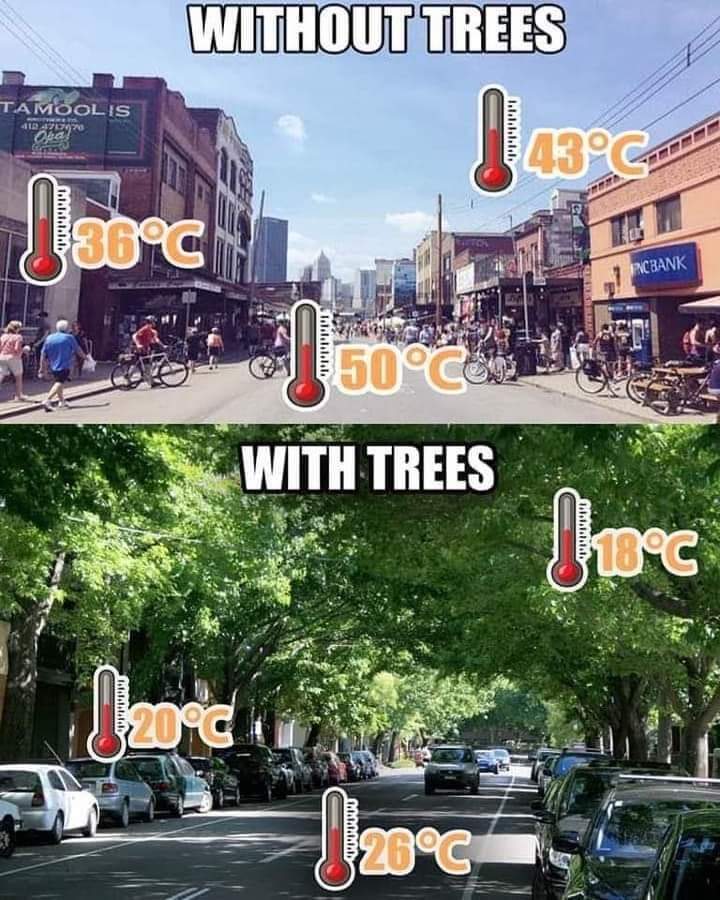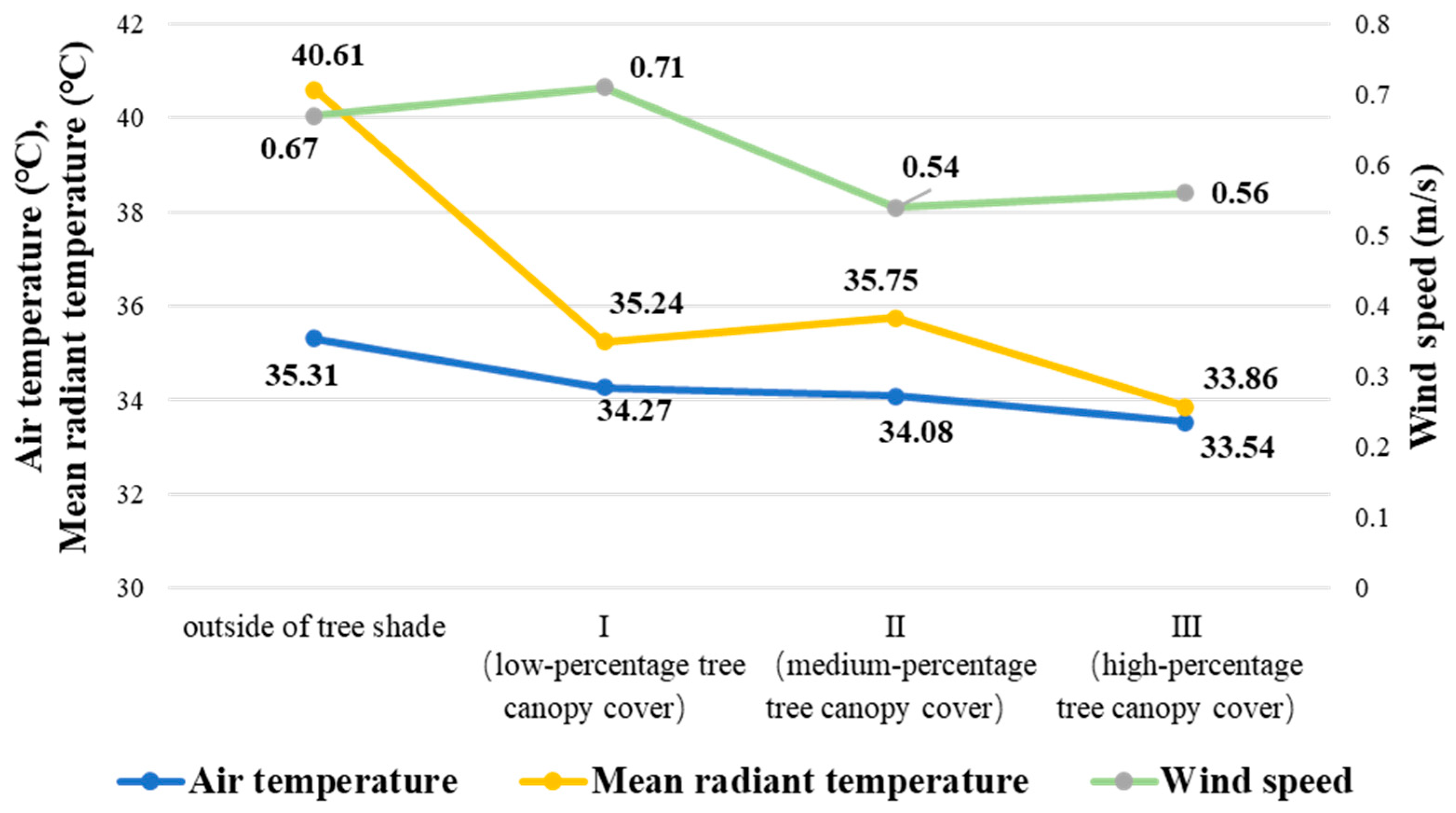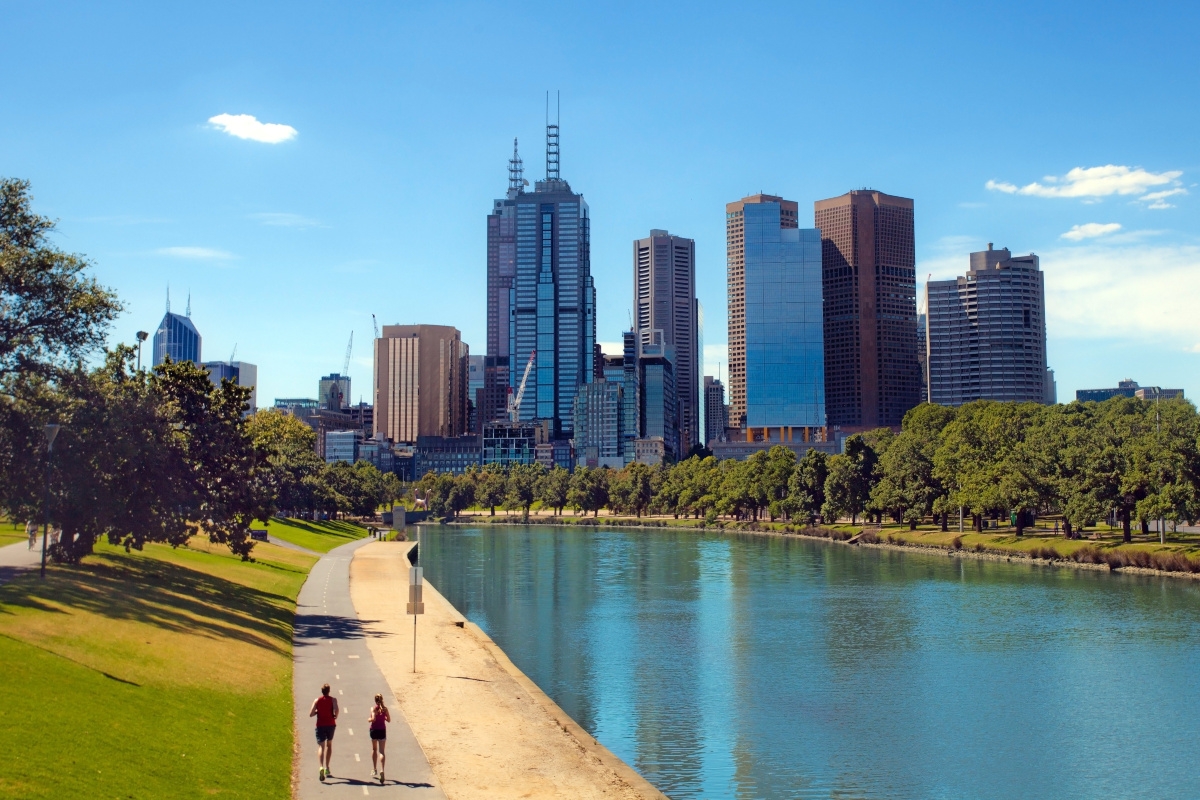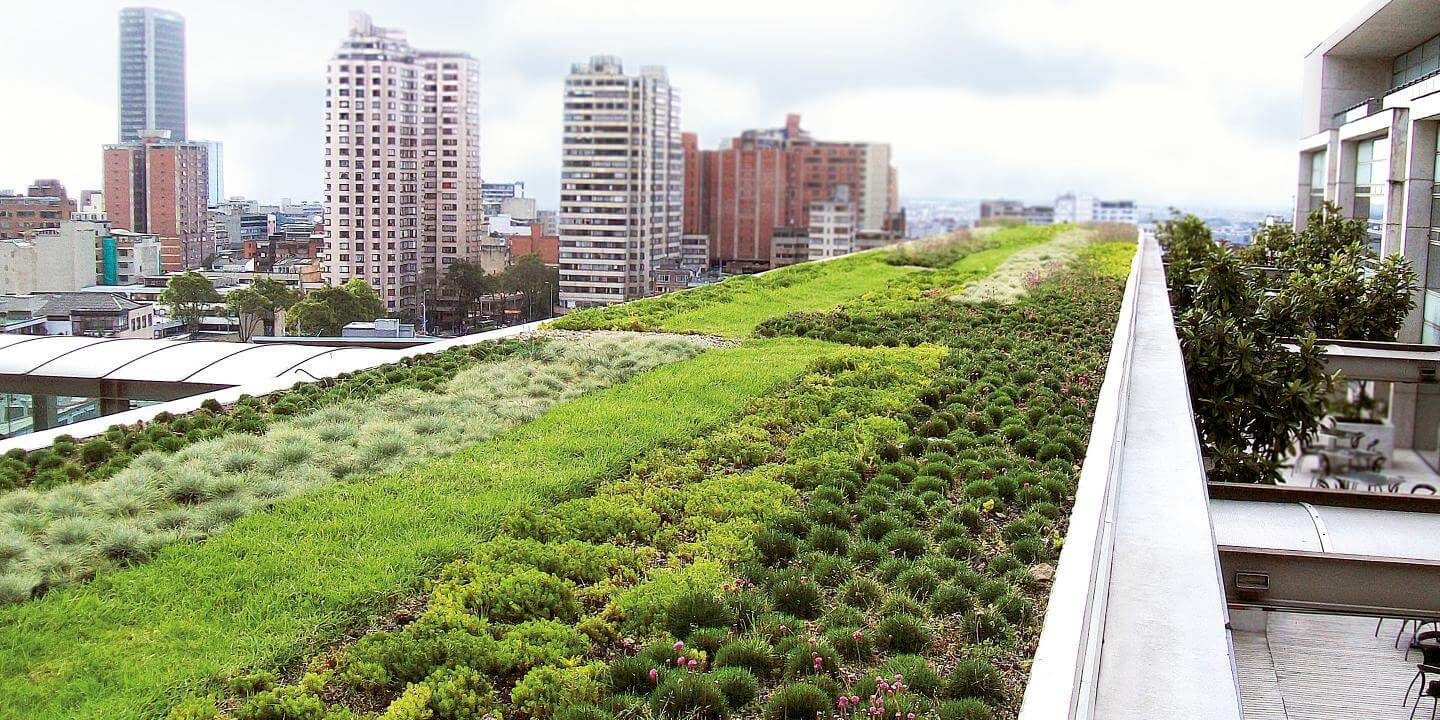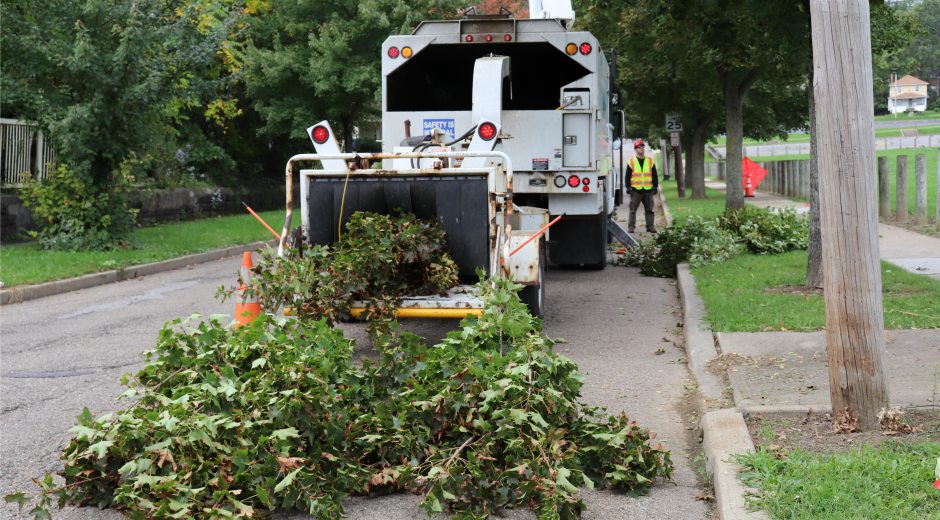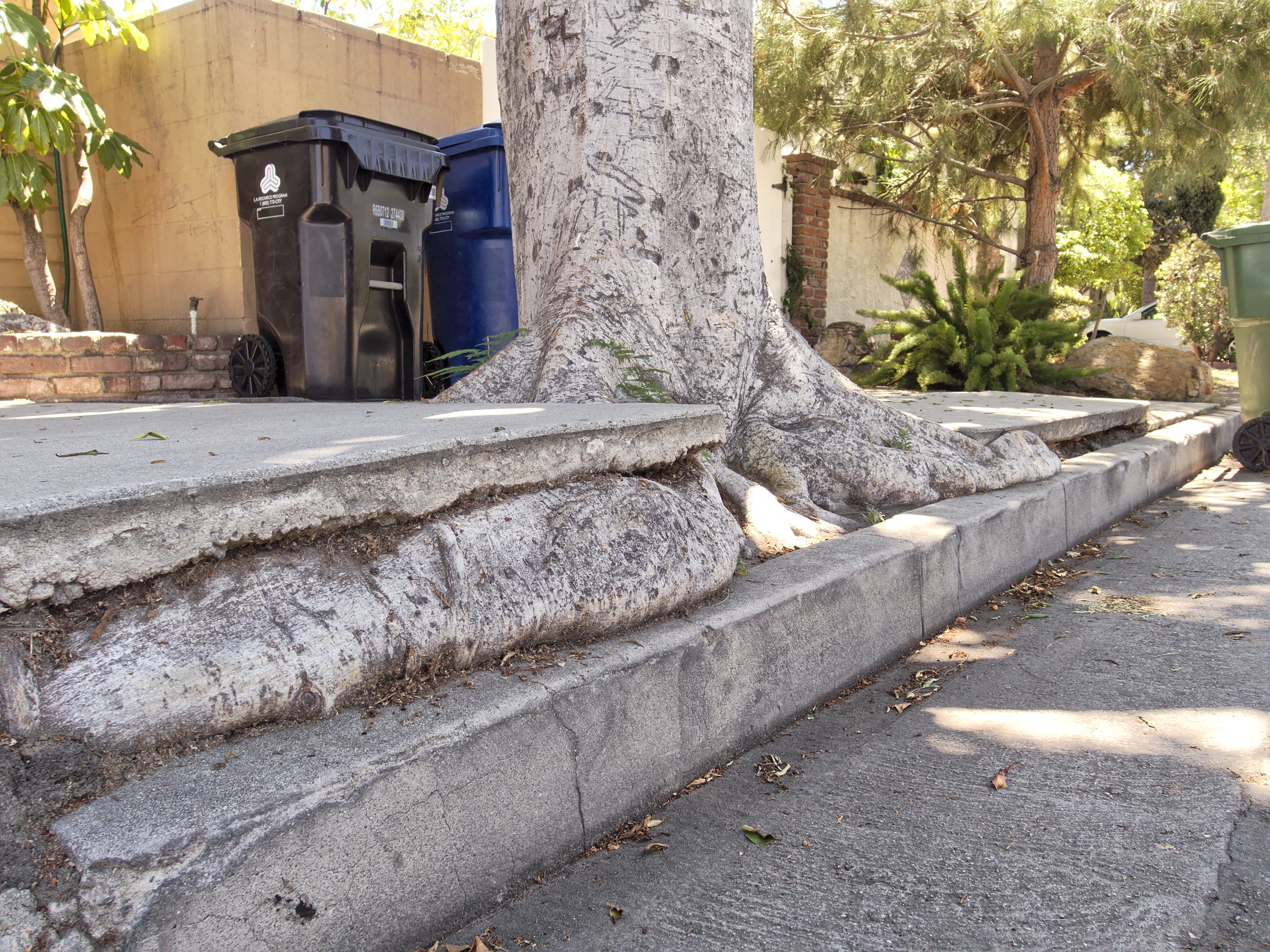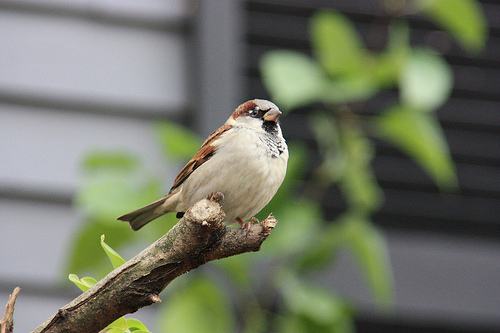Fireflies are disappearing, but your yard can help bring them back. It starts with native trees, a little leaf litter, and letting nature do its thing.
Last June, I was sitting on my porch waiting for the fireflies. And waiting. And waiting. By the time full dark hit, I’d counted exactly four lonely flashes in my entire backyard. Four! This from a yard that used to light up like a discount fireworks show every summer evening. Where the hell did all the fireflies go? We used to have hundreds lighting up the trees. Now? Nothing but darkness and the occasional blink.
Turns out I, and probably you, have been systematically destroying firefly habitat for years without knowing it. See, fireflies are weird. They spend almost two full years underground as these alien-looking larvae, munching on snails and slugs in the dark. All that time they’re down there in the leaf litter and loose soil, growing up in what’s basically a slug buffet. Then one magical night they crawl out, grow wings, and boom; flying night lights. But here’s where we screw it up: every fall, we rake our yards clean. We bag up every leaf. We spray for mosquitoes. We blast our properties with those nuclear-bright LED security lights. We’re basically carpet-bombing their entire universe.
The folks at Conserving Carolina tracked firefly populations for three years and found that yards with intact leaf litter had 15 times more fireflies than “clean” yards. Fifteen times! They put it pretty clearly: “No leaf litter means no fireflies.” And it’s not just the regular fireflies we’re losing. Asheville is one of the few places on Earth where you can see blue ghost fireflies, those ethereal, continuously glowing ones that hover in our old-growth forests. They’re even pickier about habitat than regular fireflies. They need dark, undisturbed forest floors with decades of built-up leaf matter. Every time we “clean up” our wooded areas, we’re erasing their homes.
The thing is, this isn’t some tree-hugger guilt trip. I like a tidy yard as much as anyone. But after doing some digging (and trust me, the research is fascinating), I realized we can have both, a decent-looking yard AND fireflies. The trick is knowing what actually matters versus what’s just suburban lawn mythology. Leaving leaves under your trees? That’s not lazy; it’s creating firefly nurseries. That dark corner of your yard you’ve been meaning to install a floodlight in? Leave it dark. The fireflies need it more than you need to spotlight every inch of your property. Those “perfect” lawns we’ve been trained to want? They’re biological deserts. A single oak tree can support over 500 species of insects, which means more food for firefly babies. Your Kentucky bluegrass lawn? It supports about three species, mostly Japanese beetles.
The Underground Life of Fireflies
If you really want to understand why our yard habits matter, you need to know what’s happening under your feet. According to NC State’s entomology department, firefly larvae look like tiny alligators with glowing spots. These little predators spend up to two years underground, eating their body weight in slugs and snails. They’re nature’s pest control, except we keep destroying their hunting grounds. Every fall, millions of firefly eggs hatch in the soil. The larvae immediately start burrowing into the leaf litter, creating tiny tunnels where they stalk their prey. They inject digestive enzymes into slugs and literally drink them like slug smoothies. (I warned you it was weird.) For two years, they’re down there doing us a solid favor, eating the things that destroy our gardens.
The kicker? These larvae need moisture to survive. Not standing water like mosquitoes but that consistent dampness you find under a good layer of decomposing leaves. House Digest reports that firefly larvae will die in dry soil within days. So when we rake up every leaf and expose the soil to sun and wind, we’re basically turning their habitat into a desert. Different firefly species need different conditions. Our famous blue ghosts? They only lay eggs in undisturbed leaf litter that’s been accumulating for years. That’s why you find them in old forests but rarely in yards. They need what scientists call “legacy leaf litter” the really old, decomposed stuff at the bottom of the pile.
We spend hundreds of dollars on Japanese beetle traps, slug bait, and other pest control, when firefly larvae do it for free. One study found that a single firefly larva can eat 50 snails during its underground phase. Multiply that by the hundreds of larvae that could live in your yard, and you’ve got an army of free pest controllers. But instead of supporting them, we spray pesticides that kill both the fireflies and their food source. We’ve created this bizarre cycle where we destroy natural pest control, then pay to replace it with chemicals that make the problem worse. Garden Botany’s research on eco-friendly lawn care shows that pesticide-free yards have triple the beneficial insect populations of treated yards. Triple! That includes firefly larvae, ground beetles, and other pest-eaters that save you money while creating a healthier ecosystem.
The sexual politics of fireflies are equally bonkers. Males do all the flying and flashing you see—they’re running aerial pickup lines. Females usually stay in the grass, watching the show and flashing back when they see a male they like. But some species are flat-out murderers. Female Photuris fireflies mimic the flash patterns of other species, lure in hopeful males, then eat them. They’re called “femme fatale fireflies,” and yes, that’s the actual scientific term. Nature is metal. But even these predatory fireflies need proper habitat. They hunt from tall grass and need dark conditions to set their traps. When we mow everything short and light it up like a stadium, we’re disrupting an entire ecosystem of sex, lies, and cannibalism that’s been going on for millions of years.
The timing of it all is what really gets me. Fireflies synchronize their life cycles with incredible precision. Adults emerge just as summer humidity peaks. Eggs hatch right when fall leaves drop. Larvae grow fattest just before spring slug season. It’s this intricate dance that took millions of years to choreograph, and we’re screwing it up with leaf blowers and floodlights. Spent one evening last July just sitting in the dark, watching fireflies do their thing. No phone, no beer, just darkness and blinking lights. Started noticing patterns—how certain species flash at different heights, how females always respond from lower positions, how the whole thing follows a rhythm like a silent symphony. Made me realize I’d been living here 15 years and never really paid attention to what was happening in my own backyard after dark. We’re so busy creating perfect lawns that we miss the actual magic happening right under our noses. Or in this case, under our feet, in the leaf litter we keep trying to eliminate.
Native Trees: Your Secret Weapon for Firefly Paradise
Here’s something nobody tells you when you buy a house: that Bradford pear tree the previous owners planted? It’s basically an ecological wasteland. Sure, it flowers pretty in spring, but it supports exactly zero native insects. Zero. Meanwhile, a single native oak can host over 500 different insect species. Five hundred! That’s not just random bugs—that’s an entire buffet line for firefly larvae. Every caterpillar, beetle, and aphid that lives on native trees eventually becomes food for something else. It’s like running a 24-hour diner for wildlife, except you don’t have to do anything except let the tree exist.
I learned this the hard way after cutting down a dying red maple in my backyard. Thought I was doing the right thing—tree looked rough, worried about it falling. But the next summer, that corner of my yard went dead silent. No fireflies, no moths, nothing. Turns out that raggedy old maple was supporting an entire neighborhood of insects. The fireflies weren’t just missing the shade; they were missing the all-you-can-eat slug buffet that thrived in its decomposing leaf litter. Native trees in North Carolina have spent millions of years forming relationships with local insects. They know each other’s schedules, preferences, life cycles. It’s like a really long marriage where everyone’s figured out their roles.

Take our native dogwoods—they’re firefly gold mines. In spring, their flowers feed early pollinators. Summer, their leaves host caterpillars. Fall, they drop leaves that break down into perfect firefly larva habitat. Winter, their berries feed birds who then poop out pest insects that firefly larvae hunt. It’s this beautiful, disgusting circle of life happening right in your yard. Compare that to an ornamental Japanese maple or that cursed Bradford pear. Pretty? Sure. Useful for fireflies? About as helpful as plastic flowers. The Bradford pear actually makes things worse—it’s invasive, crowds out natives, and its leaves decompose into useless mush that firefly larvae can’t navigate.
Research from Nurture Native Nature found that yards with mature native trees had 400% more fireflies than yards with non-native ornamentals. Four hundred percent! The study’s author described walking through a yard full of native oaks and hickories as “like stepping into a constellation.” Meanwhile, the yard next door—all Bradford pears and Norway maples—had maybe a dozen fireflies total. The difference was so stark they could see the property line from the firefly distribution alone.
But here’s where it gets really interesting: dead trees might be even better than living ones. I know, sounds crazy. We’re trained to see dead trees as eyesores, safety hazards, things to remove immediately. But Asheville GreenWorks urban forestry program has been preaching the gospel of “snags”—standing dead trees—for years. A dead oak becomes an insect apartment complex. Beetles bore galleries under the bark, creating spaces where firefly larvae hibernate. Woodpeckers drill holes that fill with rainwater, creating tiny pools where fireflies drink. The slowly decomposing wood enriches soil in a way that chemical fertilizers never could. I left a dead hickory standing in my side yard (after making sure it wouldn’t hit anything important if it fell). That single snag now hosts more life than most of my living trees. On humid nights, I’ve counted dozens of fireflies emerging from its base.

The ultimate firefly hack? Plant an oak. Seriously. Everyone wants instant gratification, but if you’re thinking long-term, nothing beats the mighty oak. White oak, red oak, chestnut oak—doesn’t matter. They all support massive insect communities. Yes, it’ll take years to mature. Yes, it’ll drop acorns everywhere. Yes, your neighbors might complain about the leaves. But in 20 years, when your yard is pulsing with fireflies while theirs is dark, you’ll have the last laugh. Plus, you’ll increase your property value, reduce air conditioning costs, and create habitat for everything from birds to butterflies. Not bad for a tree that basically plants itself if you let the squirrels do their thing.
Quick story: Planted a white oak sapling five years ago. Tiny thing, maybe three feet tall. This year, I found the first batch of firefly larvae underneath it. The tree’s barely taller than me, already dropping enough leaves to create a micro-habitat. By the time I’m old and cranky, that oak will be supporting hundreds of firefly generations. Sometimes the best thing you can do for wildlife is think beyond your own lifetime. Though if you’re impatient like me, grab a few native saplings from the native plant society’s list: eastern redbud for quick growth, serviceberry for spring flowers, or American holly for year-round green. Mix fast and slow growers, and you’ll have firefly habitat starting this year while building toward the future.
The Critical Role of Leaf Litter or Why Being Lazy Makes You a Hero
Every October, my neighborhood sounds like a war zone. Leaf blowers screaming, rakes scraping, bags rustling. Everyone racing to create that perfect, bare lawn before the first frost. And every October, I sit on my porch drinking coffee, watching everyone destroy next summer’s firefly habitat. They think I’m the lazy one. Truth is, I’ve just figured out that doing nothing is sometimes the smartest thing you can do.

Firefly larvae need leaf litter like fish need water. It’s not optional. Those piles of decomposing leaves aren’t just messy yard waste—they’re entire ecosystems. Moisture regulators. Temperature buffers. Hunting grounds. Nurseries. Without leaf litter, firefly eggs dry out in days. Larvae starve or get picked off by predators. The whole reproductive cycle collapses. NC State researchers put it bluntly: “No leaf litter means no fireflies.” Full stop. Not fewer fireflies. No fireflies.
House Digest’s research backs this up. They found that even a thin layer of leaf litter—just two inches—can support three times more firefly larvae than bare soil. But here’s the kicker: it’s not just about quantity. Different firefly species need different types of leaf litter. Blue ghosts, our local celebrities, require what scientists call “legacy leaf litter”—the really old, decomposed stuff that’s been building up for years. It’s dark, spongy, and smells like forest floor. You can’t fake it with fresh leaves. It takes time, patience, and a willingness to let your yard look a little wild.
The moisture thing is crucial. Firefly larvae breathe through their skin (because of course they do—everything about fireflies is weird). They need humidity levels between 80-90% to survive. Bare soil in full sun? Lucky to hit 40% humidity. Under a good layer of oak leaves? Stays at 85% even during drought. I stuck a humidity meter under my leaf piles last August during that brutal dry spell. The grass was brown and crispy, but under those leaves? Still moist as a rainforest floor. The leaves act like a giant sponge, catching dew, holding rain, creating perfect conditions for baby fireflies to thrive.
But leaves do more than just hold moisture. They’re apartment buildings for firefly food. Every leaf that falls becomes a tiny ecosystem. Fungi break down the cellulose. Bacteria process the nutrients. Tiny invertebrates move in to eat the fungi. Snails and slugs arrive to eat the invertebrates. And firefly larvae arrive to eat everything. It’s this incredible cascading buffet that starts with a single dead leaf. Remove the leaves, and the whole system crashes. I watched this happen in real-time with a microscope I bought on eBay. (Yes, I’ve become that person.) The diversity in a single handful of year-old leaf litter is mind-blowing. Springtails, mites, baby slugs, beetle larvae—it’s like a miniature Jurassic Park down there.

Here’s my practical advice after three years of leaf experiments: Stop fighting nature. If you absolutely must rake (HOA threats, spouse ultimatums, whatever), at least be strategic about it. Create “firefly zones” in your yard—areas where leaves can accumulate naturally. Under trees is perfect. Along fence lines. Behind shrubs. That awkward corner where grass won’t grow anyway. Rake the high-traffic areas if you must, but move those leaves to the firefly zones instead of bagging them. It’s not about having a messy yard; it’s about working with natural processes instead of against them.
The mulch-mower compromise works too. If you can’t stand the look of whole leaves, run the mower over them with the mulch setting. The shredded leaves disappear into the grass but still provide habitat. Not as good as natural leaf litter, but way better than bare soil. Plus, it’s free fertilizer. Garden Botany found that leaf-mulched lawns need 30% less fertilizer than raked lawns. You’re literally throwing away money when you bag up leaves. This year I saved about $200 on lawn fertilizer just by mulch-mowing. That’s beer money, people. Or in my case, more native plant money.
Last thing: timing matters. Fireflies lay eggs in late summer, and larvae are active all winter under the leaf litter. That means your fall cleanup is happening right when baby fireflies are settling in for the long haul. Wait until late spring to do any major leaf removal, if you must do it at all. By then, larvae are bigger, more mobile, and better able to survive disturbance. Though honestly? Just leave the leaves. Your future self will thank you when the fireflies return. Mine certainly did. Nothing beats sitting outside on a June evening, beer in hand, watching your “messy” yard light up like a galaxy while your neighbor’s perfect lawn sits there dark and lifeless. Sometimes being lazy is just being smart.
Firefly-Friendly Yard Care Tips
Alright, let’s get practical. You’re convinced. You want fireflies. But where do you start? After three years of trial and error (mostly error), I’ve got a system that actually works. Fair warning: some of this goes against everything your dad taught you about lawn care. But trust me, when your yard lights up like a rave while everyone else’s sits dark, you’ll get over it.
First up: Murder your outdoor lights. I know, I know. Safety, security, all that. But fireflies literally can’t see each other when we blast our yards with light. It’s like trying to use your phone in direct sunlight. Those romantic flash patterns they use to find mates? Completely washed out by your 5,000-lumen LED security light. I took down a floodlight last spring and immediately saw results. But I’m not stupid, I replaced them with motion sensors. Lights only come on when needed, stay off the rest of the time. Fireflies get their darkness, I don’t trip over the garden hose. Win-win.
If you can’t kill all your lights, at least switch to amber or red bulbs. Fireflies can’t see red light well, so it doesn’t interfere with their signaling. Amazon sells amber LED bulbs for like eight bucks. Installed them along my walkway, and now it looks like a submarine corridor, but the fireflies don’t care. My neighbor asked if I was growing weed. I said no, just fireflies. Not sure she believed me. Point is, every light you eliminate or modify helps. Create dark zones in your yard, spaces where fireflies can do their thing without interference. The back corners, under trees, along fence lines. These become firefly highways.
Mowing: Less is More. This one hurts because I used to be that guy. Mowed twice a week, edges perfect, lines straight enough to make a golf course jealous. Now? I mow maybe every two weeks, and I leave whole sections unmowed. Female fireflies hang out in tall grass. They need those blade tips to perch on while they watch the males show off. When you mow everything to putting-green height, females have nowhere to sit. It’s like removing all the bar stools. Sure, the place looks cleaner, but nobody can hang out.
Here’s my mowing strategy: Keep the high-traffic areas short (paths, play areas, wherever you actually walk). Let everything else grow to at least 3-4 inches. I leave a strip of unmowed grass along my back fence that’s basically gone feral. Looks a little wild, but it’s firefly central station. Added bonus: less mowing means more beer time. I’ve reclaimed probably three hours a week. That’s three hours of not inhaling gas fumes and grass clippings. Your lungs will thank you.
The Chemical-Free Revolution. This is the big one. Pesticides, herbicides, fungicides; they all need to go. Garden Botany’s research is clear: any broad-spectrum pesticide will nuke firefly larvae along with whatever you’re trying to kill. Remember, firefly babies are predators. They eat the same bugs those chemicals target. Spray for grubs, and you’re killing firefly food. Spray for mosquitoes, and you’re killing fireflies directly. It’s like carpet-bombing your own ecosystem.
But here’s the beautiful part: once you stop spraying, nature balances itself. Those firefly larvae I keep talking about? They’re pest control machines. One larva can eat 40-60 snails and slugs before it pupates. Multiply that by hundreds of larvae, and you’ve got an army of free pest controllers. My hostas used to get shredded by slugs every year. Haven’t seen major damage since the fireflies moved in. Coincidence? I think not.
Weeds are trickier, but here’s my system: Hand-pull the big ones, ignore the small ones, and redefine your idea of “weeds.” Clover? That’s not a weed; it’s nitrogen-fixing ground cover that feeds bees. Violets? Firefly larvae love hunting in violet patches. Dandelions? Okay, those can go, but pull them by hand or use boiling water. Takes more time but doesn’t poison everything in a five-foot radius.

Water Features and Moisture Zones. Fireflies need humidity, but standing water breeds mosquitoes. The solution? Create moisture zones without swamps. I built a simple rain garden in my low spot, just a shallow depression filled with native plants that like wet feet. During rain, it fills up. Between rains, it stays moist but not flooded. Fireflies love the edges where it’s damp but not waterlogged.
Another trick: leave saucers of water around the yard. Sounds simple, but fireflies need to drink, especially during mating season. I use old terracotta saucers with some pebbles in them (so fireflies don’t drown. Yes, that’s a thing). Place them in your dark zones. On hot nights, you’ll see fireflies stopping for drinks between flash sessions. It’s like running a firefly hydration station.
Creating Firefly Corridors. This is advanced-level stuff, but it works. Fireflies don’t just need habitat; they need connected habitat. Think of your yard as part of a larger firefly network. That strip of unmowed grass along your fence? It connects to your neighbor’s wild corner, which connects to the park down the street. These corridors let fireflies move between yards, find mates, establish new territories.
I talked to three neighbors about this (after a few beers at the block party), and we agreed to create a firefly highway along our shared fence lines. No mowing, no spraying, no lights within six feet of the fence. Looks a little rough, but it works. Last summer, we could track fireflies moving between all four yards. Like our own personal firefly superhighway. The key is connection. Isolated patches of good habitat aren’t enough. Fireflies need room to roam.
Timing Your Activities. Everything in the firefly world runs on schedules. Adults emerge in late May/early June. Mating happens in June/July. Eggs are laid in late summer. Larvae hunt all fall and winter. Once you know the schedule, you can time your yard work to cause minimum disruption. Major pruning? Do it in winter when larvae are dormant. Need to rake some areas? Wait until April when larvae are getting ready to pupate. Have to spray for something? Never during June/July mating season.
I keep a firefly calendar on my phone now. Sounds obsessive, but it helps. “Don’t mow back fence: firefly mating season.” “Check humidity under oak leaves.” “Look for larvae with flashlight.” My partner thinks I’ve lost it, but she also admits she loves the summer light show. Plus, timing your yard work around wildlife makes you pay attention to natural rhythms. You start noticing things when flowers bloom, when birds migrate, when fireflies first appear. It connects you to your place in a way that’s hard to explain.
The Plant Support System. Beyond trees, certain plants make yards irresistible to fireflies. Native plant societies have great lists, but here are my firefly favorites: native grasses (they love little bluestem), ferns (moisture holders), and anything with dense, low foliage where females can hide. Wild ginger is perfect, spreads into a dense mat, stays moist underneath, and looks good in shade. Plant these in clusters, not scattered singles. Fireflies like neighborhoods, not isolated houses.
Working with fireflies means working with nature, not against it. Every “lazy” choice like not raking, mowing less, skipping chemicals is actually the smart choice. You save time, money, and effort while creating habitat. It’s the ultimate win-win. Plus, there’s something deeply satisfying about sitting in your “messy” yard on a summer evening, watching it pulse with natural light, knowing you helped make it happen. Beats the hell out of a perfect lawn that sits there dark and lifeless. Trust me on this one.
Light Up Asheville: Your Next Steps
So here we are. You started reading about fireflies and ended up with a manifesto for ecological revolution. Don’t worry, happens to everyone who goes down this rabbit hole. Three years ago, I just wanted to see more fireflies. Now I’m the guy neighbors call for native plant advice and the one who gets excited about dead trees. Life’s weird like that.
But here’s the beautiful truth: you don’t need to become an ecology nerd to make a difference. You just need to do less. Less mowing, less raking, less spraying, less lighting. In a world that’s always telling you to do more, fireflies are saying “chill out.” Leave things alone. Let nature do its thing. It’s the laziest conservation movement ever, and that’s why it works.
Start tomorrow. Seriously. Turn off one outdoor light tonight. Leave that pile of leaves under your oak tree. Skip the next mowing cycle for part of your yard. These aren’t grand gestures, they’re tiny rebellions against the tyranny of perfect lawns. Stack enough tiny rebellions and you’ve got a revolution. Your yard becomes a sanctuary. Your neighborhood becomes a corridor. Your city becomes a haven.
The fireflies are waiting. They’ve been here for millions of years, pulsing through summer nights, connecting in the darkness. We pushed them out with our lights and chemicals and obsessive tidiness. But they’re remarkably forgiving. Give them half a chance—some darkness, some shelter, some wild corners—and they come flooding back. It’s like they’ve been waiting just beyond the edge of our control, ready to return the moment we ease up.
If you need help with the trees, call Browns Arbor Care. They get it. They’ll help you create habitat while keeping your property safe. They’ll show you which natives to plant, where to leave things messy, how to work with nature instead of against it. Sometimes professional guidance makes all the difference. But honestly? You can start without anyone’s help. Tonight. Right now.
Remember: every firefly you see is the result of two years of underground preparation. That flash of light represents patience, persistence, and the right conditions all coming together. Your yard might not light up this summer. Maybe not even next summer. But keep faith. Keep leaving leaves. Keep providing darkness. Keep skipping the chemicals. One night, you’ll walk outside and see that first flash. Then another. Then dozens. And you’ll know you’ve done something magnificent.
This matters. In a world of climate change, extinction, and ecological collapse, it’s easy to feel helpless. But fireflies prove that small actions have huge impacts. That working with nature is more powerful than controlling it. That beauty comes from letting go, not holding tight. Your messy yard is a radical act of hope. A declaration that life matters. A beacon for others to follow.
The other night, I counted 47 fireflies in my backyard. Forty-seven! My partner and I sat in the dark, not talking, just watching the light show. No screens, no distractions, just ancient bioluminescence doing its thing. It felt like traveling back in time, like seeing the world our grandparents knew. But it’s not nostalgia—it’s the future. A future where cities glow with life, not just electricity. Where summer nights are magical again. Where kids catch fireflies and learn wonder.
That future starts in your yard. With your choices. With your willingness to see beauty in the wild, not just the controlled. To value life over appearance. To choose fireflies over fertilizer. It’s not complicated. It’s not expensive. It’s not even hard. It’s just different. And different is exactly what we need right now.
So welcome to the firefly revolution. Population: growing. Requirements: minimal. Rewards: infinite. Your yard is waiting. The fireflies are waiting. Summer’s coming. Time to turn off the lights, put down the rake, and let the magic begin. Trust me once you see your first backyard light show, you’ll never go back to perfect lawns.
Why would you? You’ve got fireflies.
Ready to start? Here’s your firefly action checklist:
✓ Turn off unnecessary outdoor lights (tonight!)
✓ Leave leaf litter under trees and shrubs
✓ Stop using pesticides and herbicides
✓ Create dark zones in your yard
✓ Plant native trees and shrubs
✓ Reduce mowing frequency
✓ Add water sources
✓ Talk to neighbors about connecting habitats
✓ Contact Browns Arbor Care for professional guidance
✓ Document your progress with photos
✓ Share your success (inspire others!)
✓ Enjoy the light show you’ve created
Remember: No leaf litter means no fireflies. Know better, do less, see more.
Image Credits
- Blue Hour Fireflies – Asheville, NC — Asheville Pictures
- A Cloud of Fireflies – Asheville, NC — Asheville Pictures
- Blue Ghost Fireflies in the Blue Ridge Mountains — Reddit / ExposurePorn
- Fireflies Along a Mountain Stream – Great Smoky Mountains National Park — Reddit / r/pics
- Synchronous Fireflies in the Great Smoky Mountains — Flickr – Judd Patterson
- Fireflies at Great Smoky Mountains National Park — U.S. Fish & Wildlife Service
- Grandfather Glows – Bioluminescent Evenings on Grandfather Mountain — Blue Ridge National Heritage Area
- Synchronous Fireflies Viewing Guide – Smoky Mountains — National Park Service
- Blue Ghost Fireflies – Western North Carolina — AVLtoday
- Restore Firefly Habitat with Native Plants — Garden for Wildlife





















:max_bytes(150000):strip_icc():format(webp)/8860298334_509c5f9698_o-2fba9e1a26cc465bb9d4f9b659b2296d.jpg)



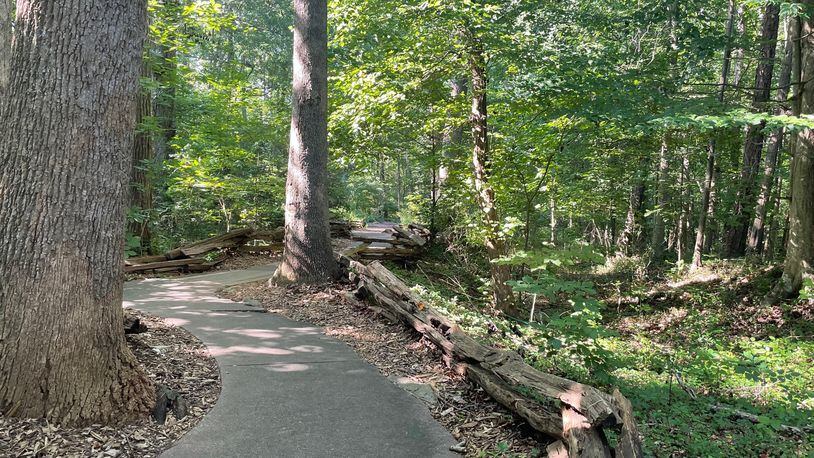
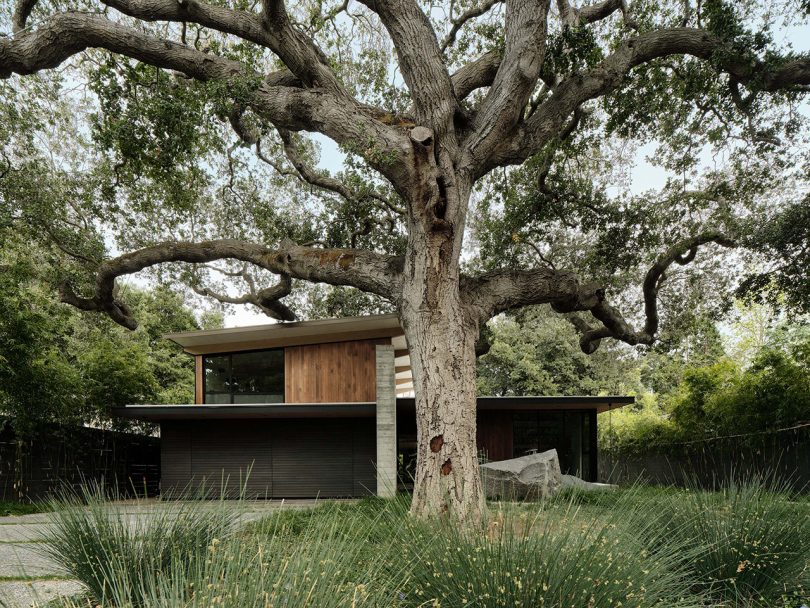



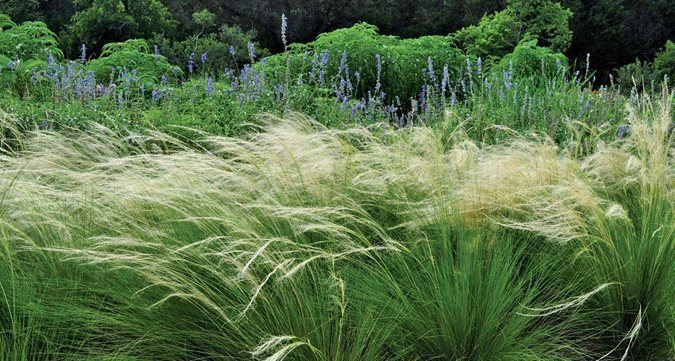

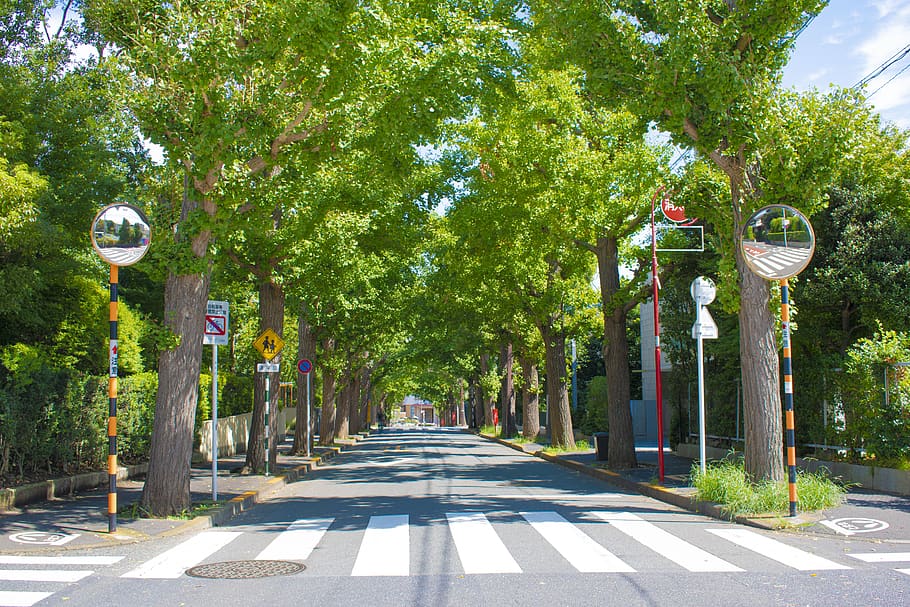


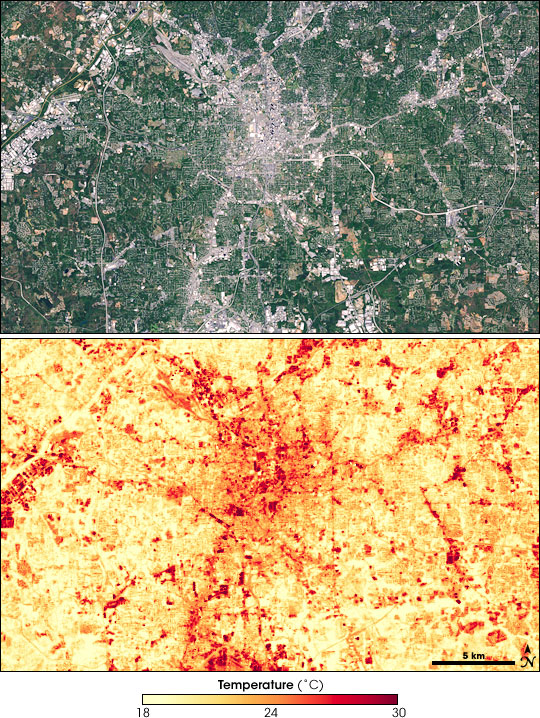
:format(webp)/cdn.vox-cdn.com/uploads/chorus_image/image/56814733/shutterstock_262710809.13.jpg)

